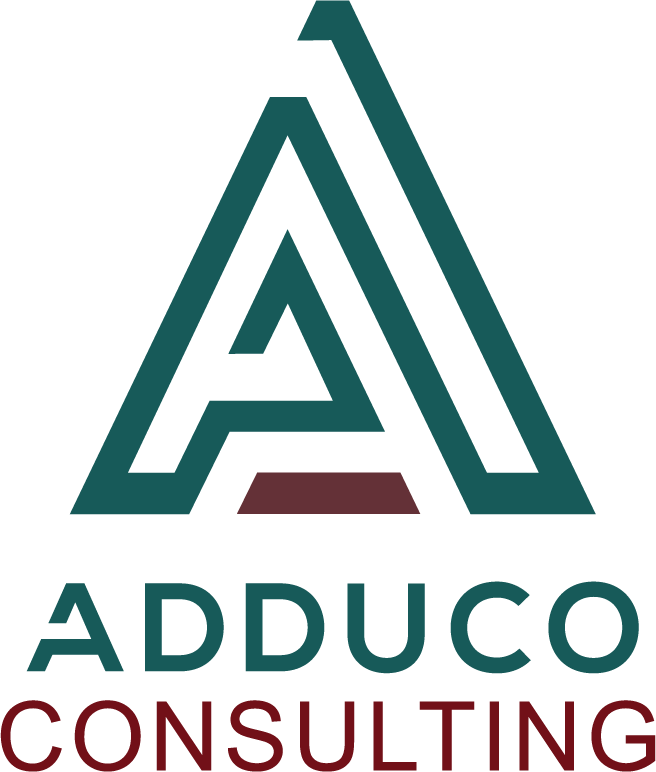Accountability and Alignment – The High-Performance Combination
About 15 years ago, I was with a company that re-organized and I ended up as a manager in a new business unit. None of us knew each other, and the Vice-President was tasked with creating a functional team from managers across the organization. It turned out that within a year the company re-organized again, but during this short period I had the opportunity to learn a lot about how a high-performance team is a combination of individual accountability and team alignment.
Accountability
Companies tend to use the employee performance appraisal as the primary tool to manage and align their staff to create “high performance.” This by itself may be helpful for the individual accountabilities of that employee but does not ensure that there is a culture of accountability. For accountabilities to be effective, the company’s goals and objectives must be understood by all levels in the organization AND recognize how each person is accountable to each other. For a company to achieve results, it is equally essential to be accountable horizontally to other coworkers and departments as it is to be vertically accountable to the supervisors. When each individual on a team feels that their contribution is vital to the success of others, then their accountabilities become a personal commitment that can be transformational within an organization.
Alignment
Managers of high performing teams will ensure that the goals and deliverables are understood by all members of the team so that everyone is accountable for the success of each other. Ensuring this alignment must be intentional and transparent. Successful employee alignment requires three critical factors:
People are in the right seats. Ensure that your employees are set-up for success by being in a role that they can be successful at and be given the support required to achieve results. This does not mean that they will be experts but that they have the capacity to grow with the trust of the manager to deliver results.
Vertical alignment with supervisors and subordinates. A clear line-of-sight to corporate objectives requires the accountabilities from the senior management all the way down to the entry levels of the company to align. A high-performing team is most successful when there is no ambiguity on expectations; every employee should know that their boss is being held accountable for the results that have been communicated to their team.
Horizontal alignment with coworkers and other groups. Alignment of accountabilities with coworkers is one of the most overlooked aspects of performance within a company. Remarkable results are only achieved when each member of the team is supporting the success of each other.
Accountability Alignment Sessions
The best way to ensure alignment is through planned and deliberate Accountability Alignment sessions. Several times a year, it is essential for managers at all levels of the organization to get their team together to:
Review the goals of the company and line-of-sight of their department to these goals.
Align individual accountabilities to achieve this goal with their supervisors & subordinates.
Align individual accountabilities to support the team’s success
Define key performance indicators to measure the outcome of each accountability
Bringing visibility to the accountabilities of each person ensures that teams are focused on the right priorities and directions. When you ensure that you have accountability alignment in an organization it will elevate all the individuals with high performance into a high-performance organization.
